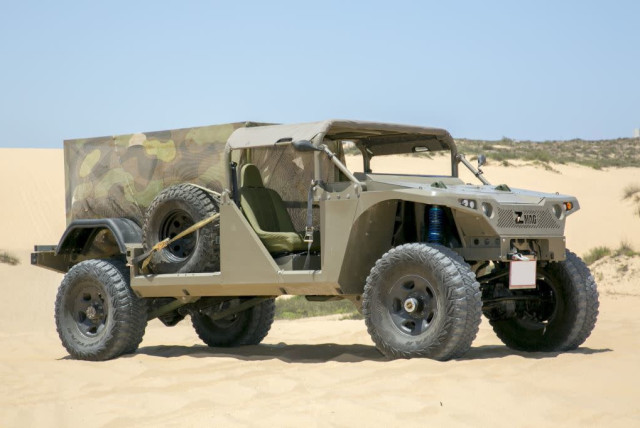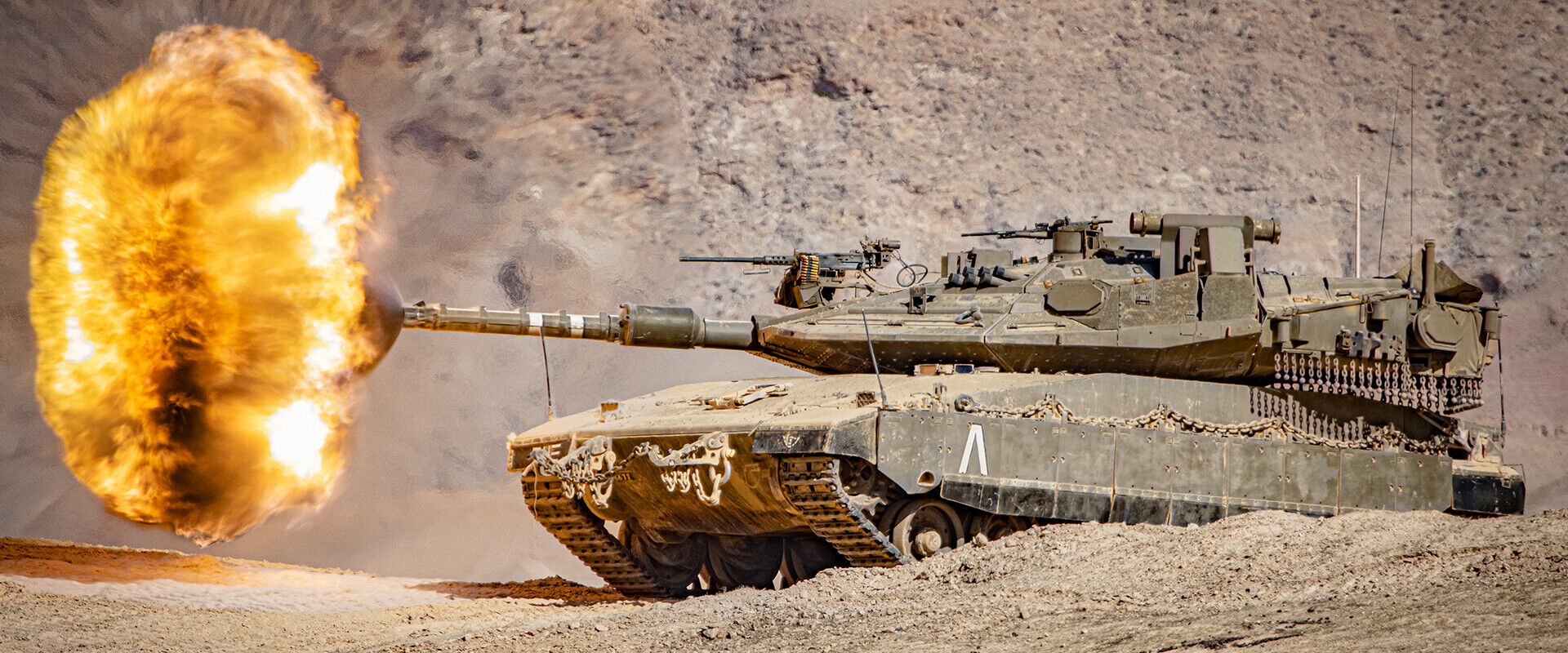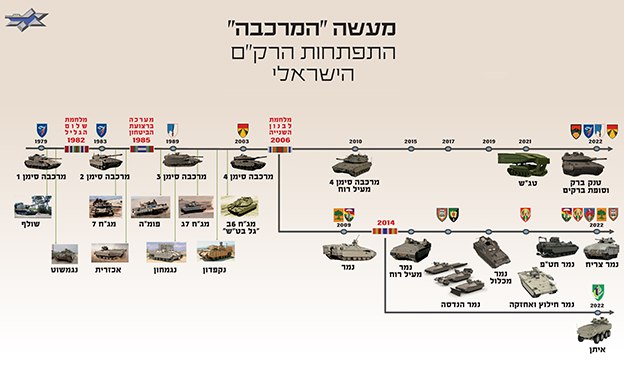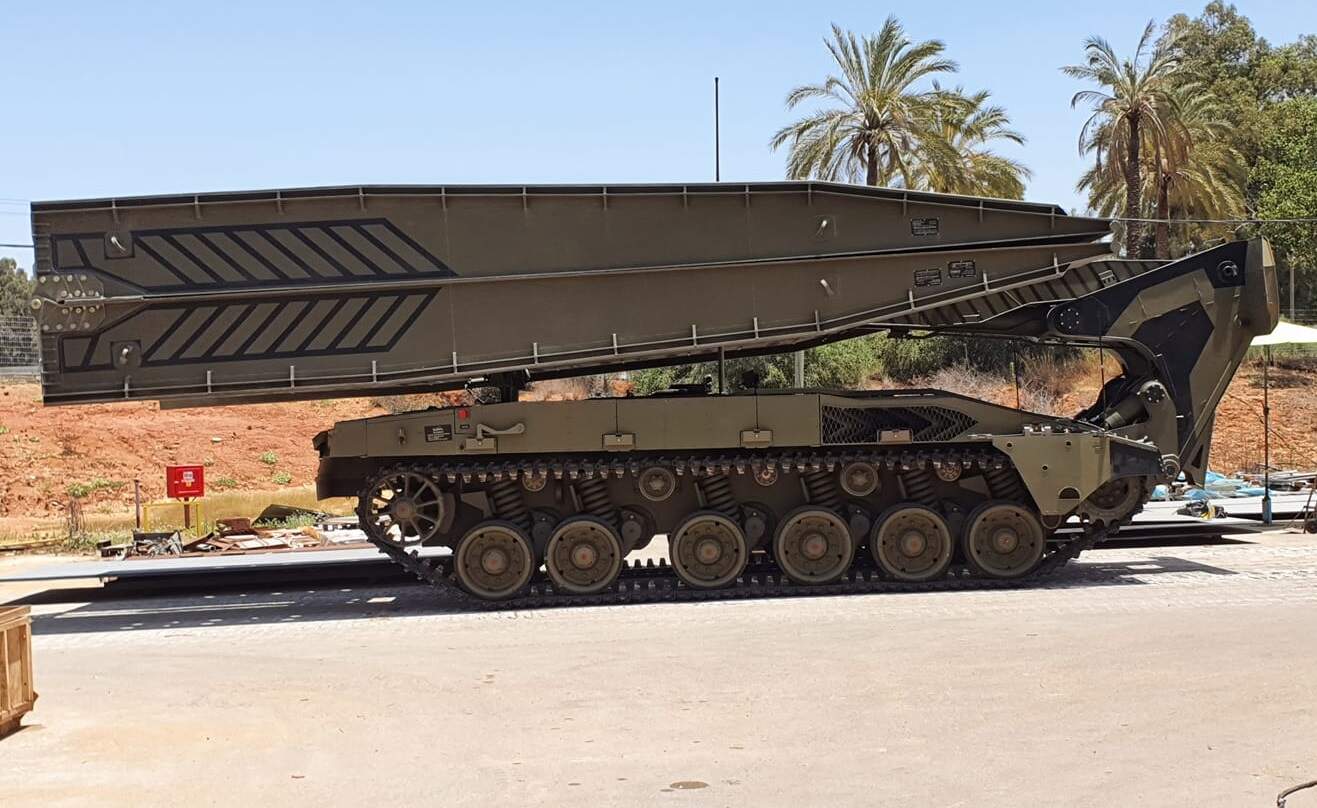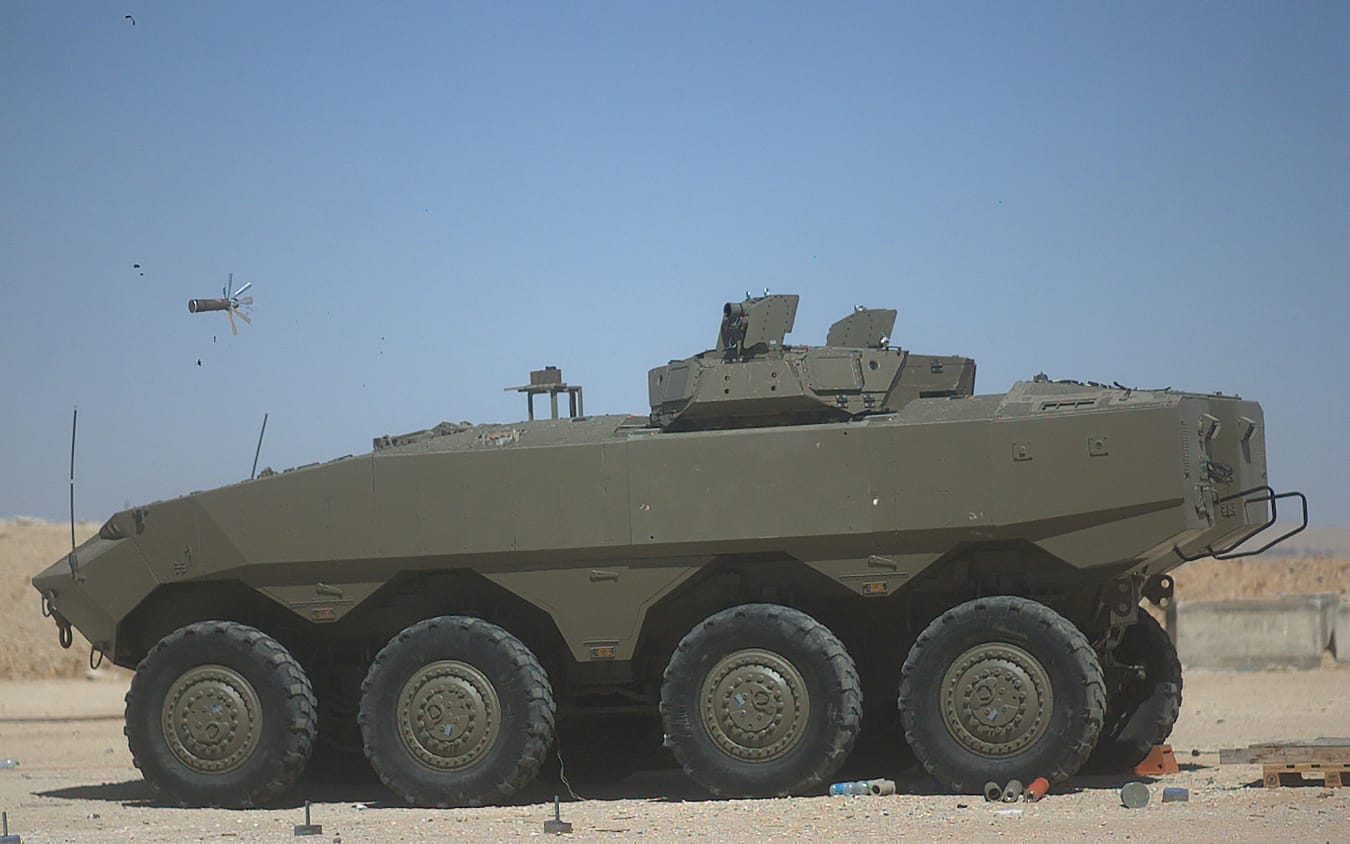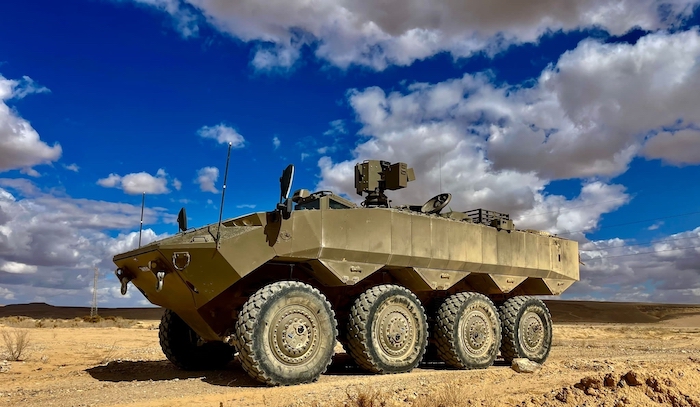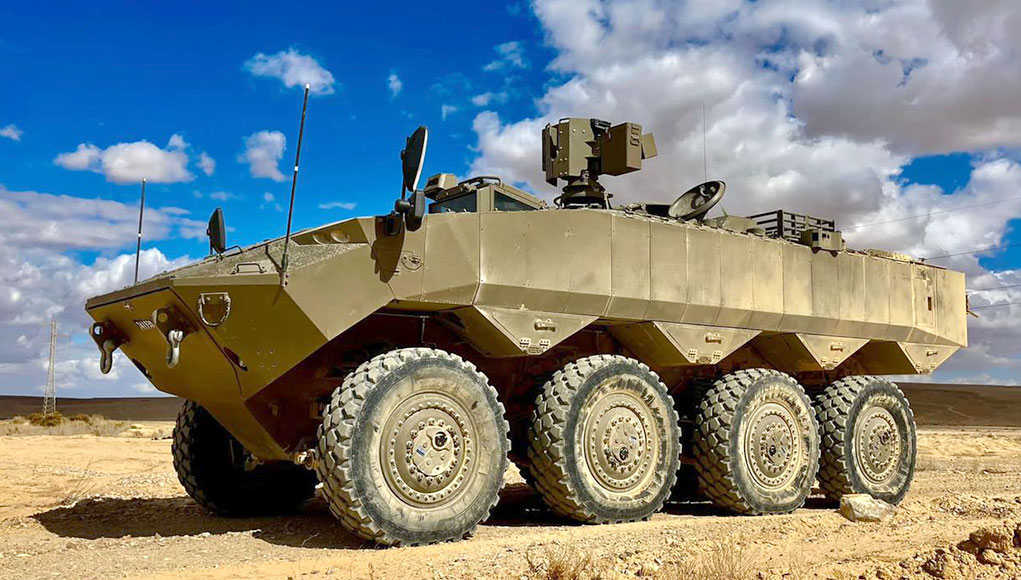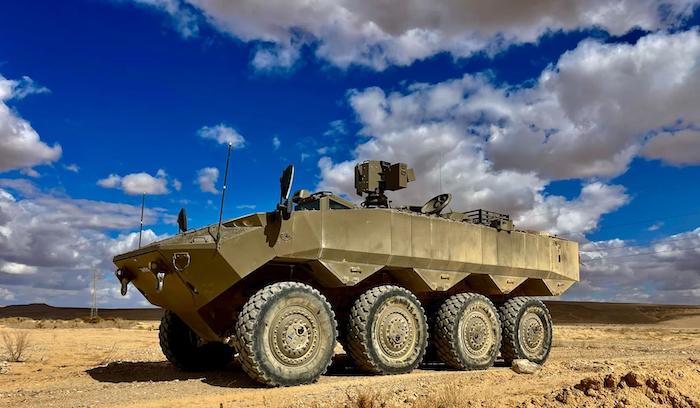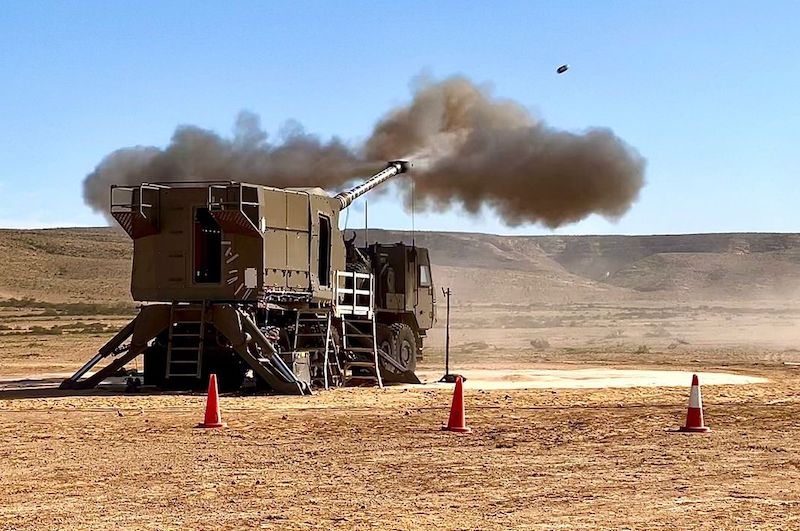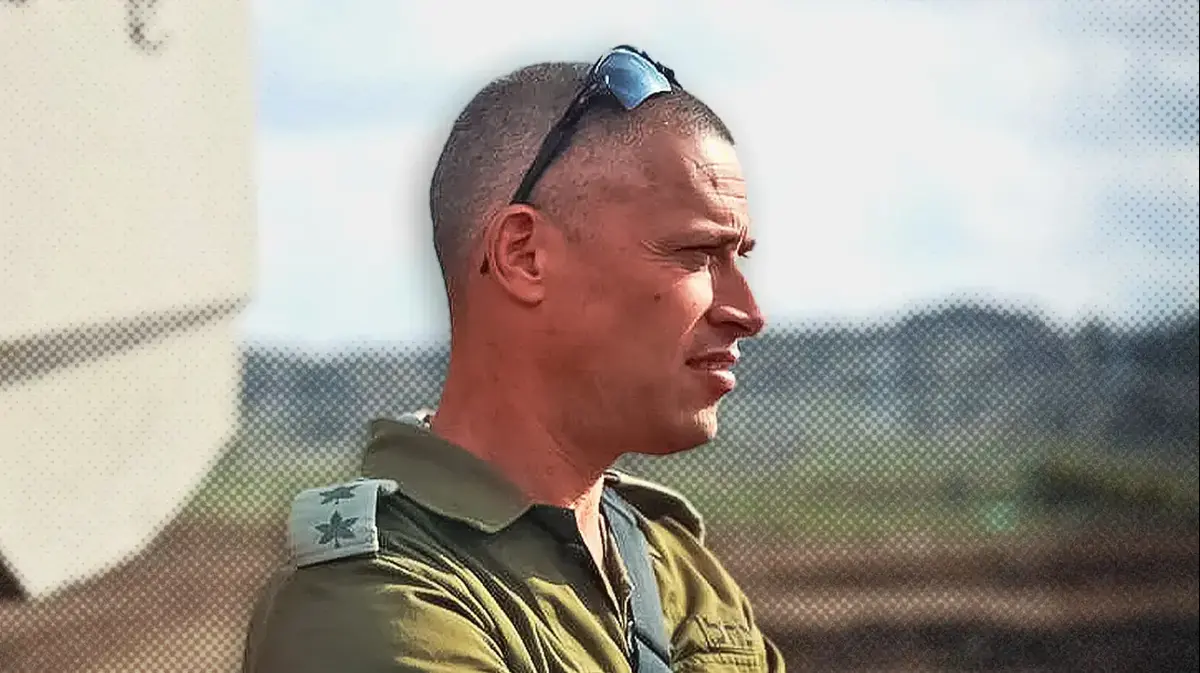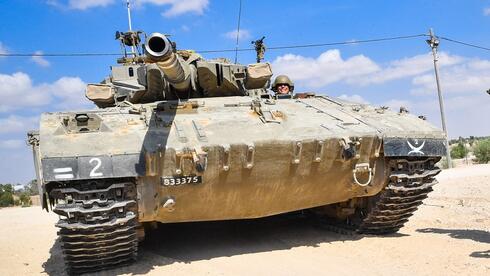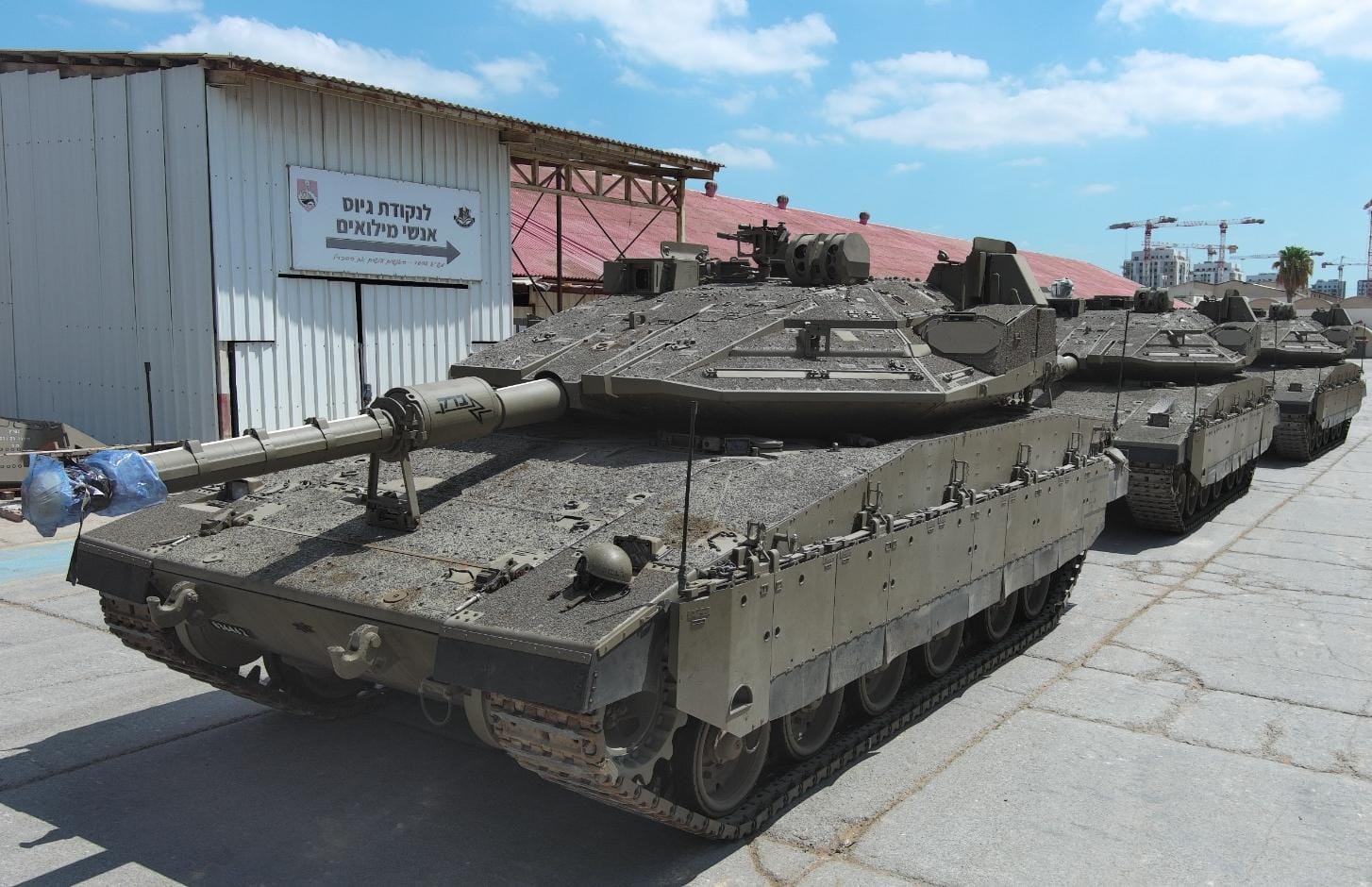New article (in Hebrew) talks a little about what there is today, what lies in the future, and that in light of lessons from Ukraine.
Link.
About Ukraine:
In the context of armored warfare and tanks specifically, tanks are proving to be vital to the all domain operations in a kinetic battlefield. About 70% of the target bank of a maneuvering force is generated by the maneuver itself, and the primary source of intelligence during the maneuver is the MBT.
The tank shows its value even in so-called peace-time operations, or ops between wars, by serving as a powerful sensory and communications node that can deliver immediate firepower.
More generally, the IDF's assessment that 'big wars' are not over, many years ago, turned out to be valid, and the IDF's preparations for almost 2 decades for a high intensity warfare (after a short period of low intensity focus) were not in vain, and the Merkava 4, Namer, and Eitan are great contributors to current state of preparedness.
A little about the current state:
Currently the Merkava, Namer, and Eitan are used not as stepping stones for a general progress as seen in the chart above, but are developed as systems-of-systems, utilizing current well-known, highly modern, and high growth capacity platforms to drive real changes in combat capability right now, and not in 5 or 10 or 20 years.
We can see in the chart that between the Merkava Mark 1 and Mark 4, the progression is very linear. Same goes with APCs like Nagmashot to Achzarit and Nakpadon. From the Merkava 4, it branches out into the Namer, and later to the Eitan. We can also see that these are built, to an extent, as a lesson from the 2006 Lebanon war, which shows the IDF managed to draw the right conclusions and not prepare for a repeat of that war, but an evolved vision of the next war.
After the Merkava 4M in 2010, we see a bridge layer, marked under 2021. We know such a bridge layer was sold to the Philippines, however the IDF's own bridge layers are based on Magach tanks which the IDF has been withdrawing for years. Since AVLBs are very rarely photographed in Israel, there's no way to tell if current AVLBs are being switched to the Merkava. So I don't know how to interpret this chart, especially knowing the chart does not list any unit (user) for the AVLB.
Listed under 2022, we see a Merkava 4 Barak with the 4 regular armored brigades as its users. This is also quite ambiguous. Perhaps they wish to list only active units because otherwise they'd have to list 11 brigades there. Another possibility is that the 4 regular brigades with Merkava 4M tanks will be near-simultaneously upgraded to the Barak. The latter is quite an unlikely scenario.
In the Namer branch we see many different variants today, including a basic APC version later upgraded with Trophy, 3 distinct engineering versions, an ARV version, technical squad vehicle, logistical vehicle, and a turreted variant. A turreted Namer was displayed in 2017, and since then many speculated the project died again, but it being marked specifically under 2022 might mean it's due to enter service very soon along with the Eitan and Merkava 4 Barak.
As a final touch, the article mentions several times that the Merkava 4 tank currently possesses not only powerful sensors, but also EW equipment to counter small drones.
A little about the future:
The Barak MBT is not listed as just that. It's listed as "Barak MBT and Lightning Storm".
Lightning storm is a name of a program to create a battlegroup based on existing platforms and matured tech from the Carmel, that would serve as a sturdy basis for the future Kaliyah project, of which the first AFVs are due to enter service in the late 2020's to early 2030's.
The components are described as a family of vehicles consisting of Merkava, Namer, and Eitan variants as well as smaller and lighter vehicles that will be protected by a variety of means. Also included will be remote controlled and later autonomous vehicles. This wording leads me to believe the 'lighter vehicles' are manned.

 www.jpost.com
www.jpost.com
